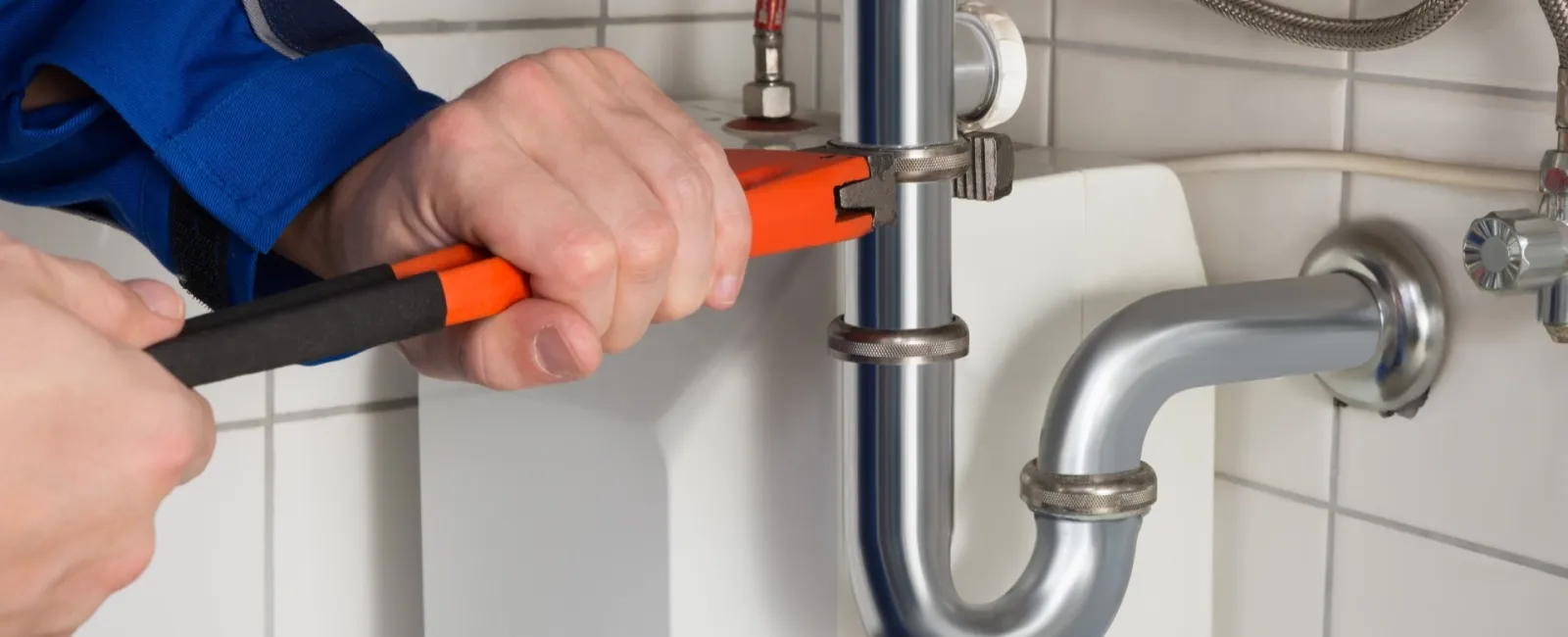There's nothing more unpleasant than discovering a gob of residue-filled hair in the depths of your bathtub drain. So you don't have to stand in ankle-deep water while you shower, let's take a look at how to unclog a bathtub drain, and how to decide it's time to call a pro.
How to unclog a bathtub drain
Bathtub and shower-stall drains are susceptible to blockages because soap residue, shampoo and conditioner accumulate in them over time. The problem is compounded when these elements get tangled in hair making its way down the pipes.
In general, homeowners shouldn't take on the task of clearing a badly clogged drain; however, because this problem happens so frequently, you can safely try to remove blockages with these few steps:
- Shape the end of a wire hanger into a hook. Slowly and gently move the wire down the drain a few inches and try catching the hair.
- Plunge the drain. Stop the overflow drain first, then plunge it. The vacuum that plunging creates should dislodge a small clog.
Enlist an expert
Without the necessary experience and tools, using drain cleaners with harsh chemicals or improperly using a snake can damage your plumbing system. This is especially true if the problem originates deep within your plumbing system, as it may be due to a leak or tree-root infiltration. Do-it-yourself techniques like plunging the drain won't improve the situation at all. Rather than wracking your brain about how to unclog a bathtub drain in particularly bad shape, get expert help to properly resolve the issue and ensure the health of your home's plumbing system.
If these measures don't do the job and you suspect the problem is more complicated, it's wise to call in a professional Atlanta-area plumber to avoid making matters worse. A licensed plumber has the know-how and equipment to deal with clogged drains, which can be caused by any number of scenarios and may be more complicated than they look. Plumbers will quickly diagnose the problem and proceed with an effective solution, using diagnostic tools like a drain camera to inspect the entire plumbing system.
DIYers, beware: A drain that repeatedly clogs and system-wide slowness may be signs that widespread problems exist further down the pipes.
Image source: Wikimedia Commons
